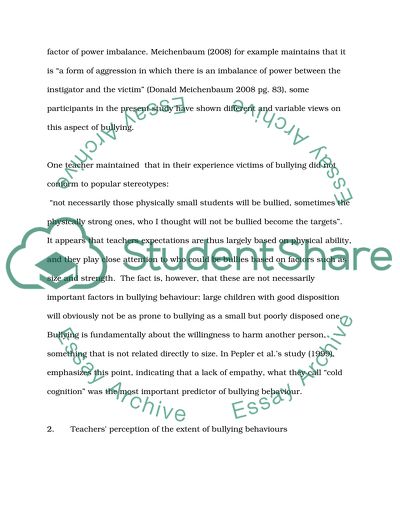Cite this document
(“Teacher's perception on school bullying in the middle school of China Essay”, n.d.)
Retrieved from https://studentshare.org/sociology/1400309-teacher-s-perception-on-school-bullying-in-the
Retrieved from https://studentshare.org/sociology/1400309-teacher-s-perception-on-school-bullying-in-the
(Teacher'S Perception on School Bullying in the Middle School of China Essay)
https://studentshare.org/sociology/1400309-teacher-s-perception-on-school-bullying-in-the.
https://studentshare.org/sociology/1400309-teacher-s-perception-on-school-bullying-in-the.
“Teacher'S Perception on School Bullying in the Middle School of China Essay”, n.d. https://studentshare.org/sociology/1400309-teacher-s-perception-on-school-bullying-in-the.


